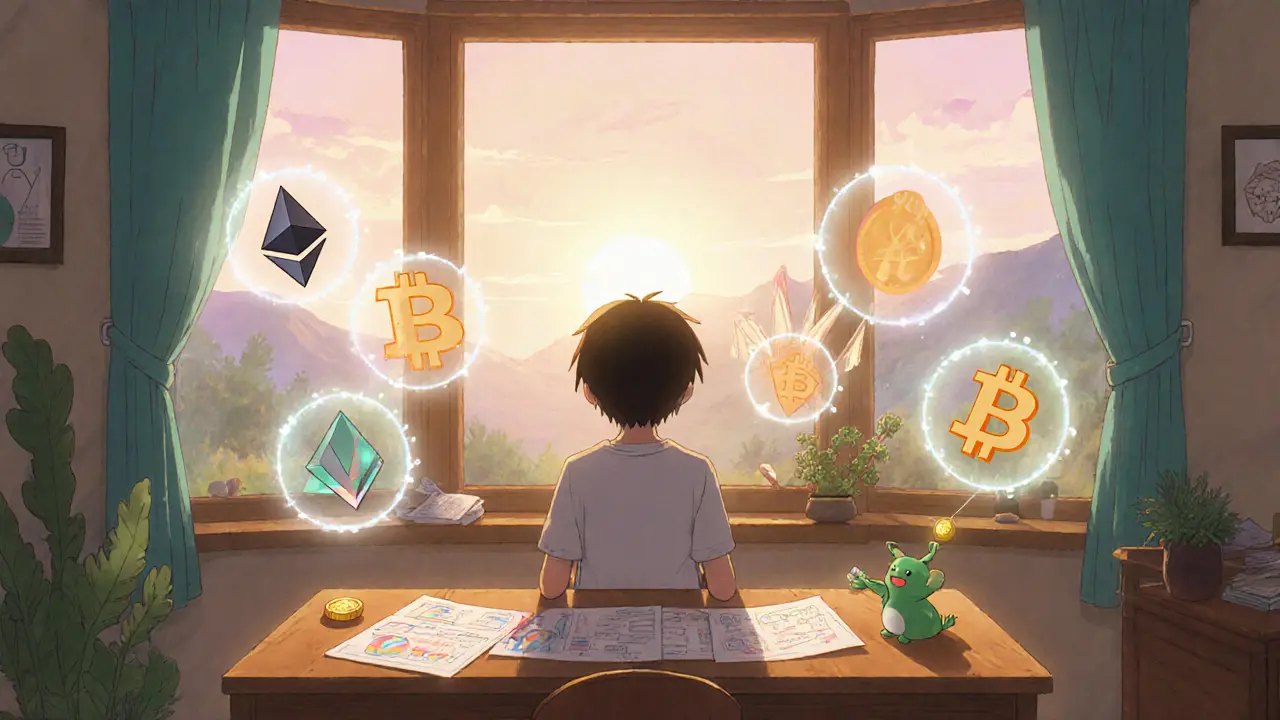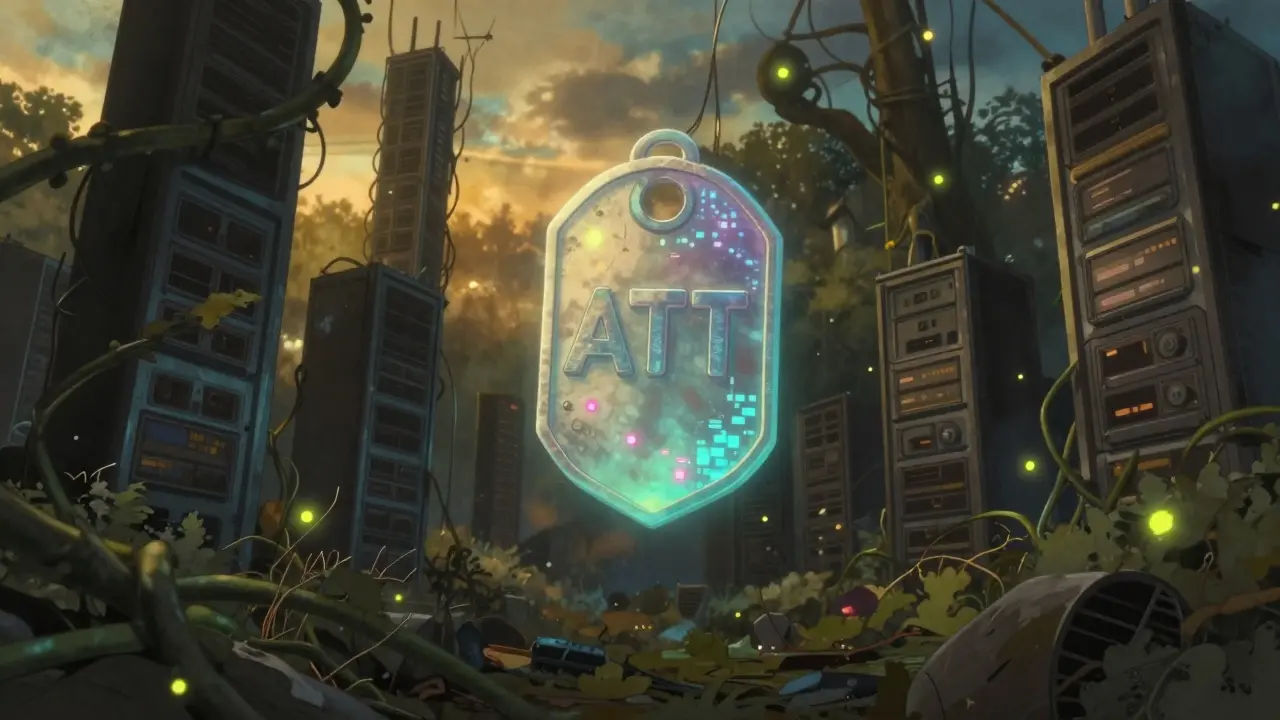Staking vs Mining Profitability Calculator
When you hear the buzz around earning crypto, two words dominate the conversation: Cryptocurrency Staking - a low‑maintenance way to lock up tokens and collect rewards - and Mining, the original grind of solving puzzles with specialized hardware. In 2025 the debate isn’t just about hype; it’s about real numbers, risk, and how much time or cash you’re ready to spend. Below you’ll find a straight‑to‑the‑point comparison that tells you which side of the fence offers the better return on your investment today.
TL;DR - Quick Takeaways
- Staking profitability typically lands between 3% and 11% APR, with minimal hardware and electricity costs.
- Mining can swing from 5% to 25% APR, but only when you have cheap power (<$0.05/kWh) and up‑to‑date ASICs.
- Entry barriers: staking starts at a few hundred dollars via liquid staking; mining needs $10k-$100k for a decent home rig or millions for industrial farms.
- Risk profile: staking offers stable, predictable rewards; mining’s returns are volatile and hinge on crypto price spikes and network difficulty.
- Environmental impact: staking consumes negligible electricity, while mining rivals small‑city power usage.
How Staking Works in 2025
Staking is the process of locking up a cryptocurrency on a Proof‑of‑Stake (PoS) network so the protocol can use your stake to validate transactions. In return, you receive a portion of the block rewards. The biggest PoS player is Ethereum, which moved to PoS in September 2022. As of September 2025, ETH staking yields 3-6% APR, while newer, higher‑risk chains (e.g., Aptos or Solana variants) can push 9-11%.
Key attributes of staking in 2025:
- Minimum entry: 32ETH for solo staking (≈$50‑100k), but liquid staking platforms let you start with $100‑$500.
- Technical demand: basic wallet setup, two‑factor auth, and understanding of lock‑up periods.
- Liquidity: some networks lock tokens for 2‑6 months, but liquid staking tokens (e.g., stETH) can be traded instantly.
- Regulatory tone: favorable, especially in EU and US ESG‑focused frameworks.
How Mining Works in 2025
Mining secures Proof‑of‑Work (PoW) blockchains by solving cryptographic puzzles with dedicated hardware. Bitcoin remains the poster child, but other PoW coins (e.g., Litecoin) still operate.
Key attributes of mining in 2025:
- Capital outlay: a home ASIC rig (Antminer S19 XP‑type) costs $8‑12k; a medium‑scale farm (10‑20MW) climbs into the $5‑50million range.
- Energy consumption: 30‑35J/TH for modern ASICs, translating to >500kWh/month for a single S19 XP.
- Electricity cost threshold: profitability drops sharply above $0.05/kWh.
- Hardware lifecycle: new ASIC generations appear roughly every 12‑18months; older models become unprofitable within 2‑3 years.
- Regulatory pressure: increasing scrutiny on high‑energy operations, especially in the EU’s “Energy‑Intensive Crypto” directives.
Profitability Comparison Table
| Metric | Staking (PoS) | Mining (PoW) |
|---|---|---|
| Typical APR | 3% - 11% | 5% - 25% |
| Capital Required | $100 - $100k (liquid vs solo) | $10k - $100k (home rig) / $5M+ (industrial) |
| Electricity Cost Impact | Negligible (≤$0.01/kWh for server idle) | Critical - needs ≤$0.05/kWh |
| Technical Skill Needed | Basic wallet & platform use (1‑2weeks learning) | Advanced hardware, cooling, and grid management (3‑6months learning) |
| Liquidity | Varies - liquid tokens immediate, native lock‑up 2‑6months | Rewards payable daily; cash‑flow depends on operational costs |
| Regulatory Outlook | Positive - ESG‑friendly, low‑energy footprint | Mixed - increasing scrutiny, possible carbon taxes |

Risk‑Adjusted Returns: Why Staking Often Wins
Risk‑adjusted return (Sharpe ratio) measures how much reward you get per unit of volatility. Staking’s APR curve is flat; even when crypto prices tumble, the reward rate stays roughly the same because it’s baked into the protocol. Mining, on the other hand, sees its revenue swing dramatically with both coin price and network difficulty.
Consider a 30% Bitcoin price drop. A miner who paid $200k for ASICs and $30k/year in electricity could see net earnings swing from +15% to -10% in the same month. A staker earning 5% on ETH still pockets that 5% regardless of ETH’s price, though the dollar value changes. That stability makes staking the go‑to choice for retail investors who can’t hedge against price swings.
When Mining Still Makes Sense
Mining can outperform staking under three specific conditions:
- Ultra‑cheap power - locations with subsidized renewable energy (e.g., Iceland’s geothermal, Texas wind farms) where electricity falls below $0.02/kWh.
- Capital abundance - institutional players who can spin up multi‑MW farms and amortize hardware over several generations.
- Bull market spikes - during rapid price surges, mining revenue can skyrocket before difficulty adjusts.
If you meet all three, mining may deliver 15‑25% APR, but the window often closes within months as difficulty catches up.
Hybrid Strategies for the Sophisticated Investor
Some funds allocate 70% of crypto exposure to staking for stable yield, while keeping 30% in a flexible mining operation that can be turned on during low‑price, low‑difficulty periods. This blend smooths cash flow and captures upside without locking all capital in a single method.
Practical Checklist - Choose Your Path
- Assess your budget: under $10k → start with liquid staking; $10k‑$100k → consider a modest ASIC rig if you have cheap power; $5M+ → evaluate industrial mining.
- Check electricity rates: if you pay more than $0.05/kWh, skip mining.
- Determine risk tolerance: prefer predictable cash flow? Choose staking. Comfortable with volatility? Mining might fit.
- Review regulatory environment in your jurisdiction - staking services often have clearer compliance pathways.
- Plan for hardware lifecycle: mining hardware becomes obsolete; staking has no such decay.
Future Outlook (2026 and Beyond)
Analysts predict PoS adoption will climb past 70% of total market cap by 2026, driven by ESG mandates and the launch of new PoS chains (e.g., Cosmos 2.0). Mining is expected to consolidate further, with only a handful of megafarms surviving on renewable grids. For most investors, the upside of staking lies in its scalability - you can add more tokens anytime - while mining’s upside is capped by physical constraints.

Frequently Asked Questions
Is staking really passive income?
Yes. Once you lock your tokens on a PoS network, you earn rewards automatically. The only active steps are initial setup, occasional security checks, and deciding when to unstake.
Can I combine staking and mining on the same hardware?
Not directly. Staking runs on standard CPUs/GPUs with minimal power, while mining relies on ASICs that are purpose‑built for PoW calculations. Some users run a small validator node alongside a mining rig, but the two processes are independent.
What are the tax implications of staking versus mining?
Both generate taxable income at the fair market value when rewards are received. Mining expenses (electricity, hardware depreciation) are deductible in many jurisdictions, while staking has fewer deductible costs because it uses existing wallet infrastructure.
How liquid are staked assets?
Native staking often locks tokens for a set period (e.g., 2‑6 months on Ethereum). Liquid staking derivatives like stETH trade on markets instantly, so you can swap or sell them while still earning underlying rewards.
Is cloud mining a safe way to earn cryptocurrency?
Reputable cloud providers (e.g., ECOS, MiningToken) can deliver 5‑10% APR after fees, but many platforms promise unrealistic 100%+ returns and turn out to be scams. Always verify the provider’s track record and read independent reviews before committing.







Amie Wilensky
June 1, 2025 AT 00:32In the grand tapestry of decentralized finance, the decision to allocate capital toward staking or mining is not merely a calculation of APR, it is a reflection of one’s tolerance for operational complexity, the volatility of energy markets, and the philosophical stance one takes toward proof‑type consensus mechanisms; while staking offers a low‑maintenance, near‑passive yield, mining demands a proactive engagement with hardware, cooling, and grid dynamics, each bearing its own risk profile, and thus the prudent investor must weigh not only raw percentages but also the hidden costs of hardware depreciation and regulatory exposure.
Waynne Kilian
June 6, 2025 AT 21:06Indeed, the balance between simplicity and control feels like walking a tight rope where the net is made of market sentiment and power rates, and while I lean toward staking for its ease, I also appreciate the tactile satisfaction of tweaking a rig; the key is finding that sweet spot, even if my keyboard sometimes betrays me with a stray “teh” here and there.
Michael Wilkinson
June 12, 2025 AT 17:40Let’s cut the fluff-if you can snag electricity below $0.03/kWh, mining can outpace staking hands down; otherwise you’re just throwing cash into a heat‑sink and praying the next Bitcoin bull run saves you.
april harper
June 18, 2025 AT 14:15Staking feels like a calm lake at sunrise, its surface barely rippled, while mining roars like a thunderstorm-yet both can drown the unwary if you ignore the undercurrents of price swings and hardware decay.
Kate Nicholls
June 24, 2025 AT 10:49Honestly, most retail investors chase the sparkle of mining without grasping the inevitable entropy of ASICs, whereas staking provides a steadier, more predictable income stream that aligns with long‑term portfolio stability.
Rajini N
June 30, 2025 AT 07:23If you’re new to the space, start by calculating your electricity cost per kilowatt‑hour; plug that into the profitability calculator alongside your intended capital, and compare the resulting APRs-remember, staking usually requires only a wallet and minimal fees, while mining adds hardware purchase, maintenance, and potential downtime into the equation.
Lindsay Miller
July 6, 2025 AT 03:58I get that the numbers can be overwhelming, but think of it like budgeting for a car: you’d compare fuel costs, insurance, and maintenance before deciding whether to buy a hybrid or stick with a gasoline model, and the same principle applies to staking versus mining.
Oreoluwa Towoju
July 12, 2025 AT 00:32Cheap power makes mining viable; otherwise, stick with staking.
Jason Brittin
July 17, 2025 AT 21:06Oh sure, because everyone has a personal wind turbine in their backyard ready to power a 100‑TH/s rig 🌬️💰.
Katrinka Scribner
July 23, 2025 AT 17:40Staking is like planting a seed and watching it grow slowly but surely 🌱, while mining is a sprint that can burn out fast if you don’t feed it cheap electricity 🔥⚡.
VICKIE MALBRUE
July 29, 2025 AT 14:15Staking wins for most people.
Naomi Snelling
August 4, 2025 AT 10:49What they don’t tell you is that big mining farms are secretly subsidized by governments wanting to control the blockchain narrative, while staking platforms get a free pass because they look greener on paper.
Clint Barnett
August 10, 2025 AT 07:23While the notion of covert subsidies might sound like a plot from a cyber‑thriller, there is a grain of truth in the observation that policy incentives can sway where mining operations spring up, especially in regions boasting abundant renewable energy; however, the economic reality remains that any operation, covertly funded or not, must still grapple with the immutable laws of supply and demand, as hash rates increase and difficulty adjustments follow suit; furthermore, the capital intensity of ASIC hardware creates a barrier to entry that naturally concentrates power in the hands of those with deep pockets, regardless of the origin of their financing; staking, on the other hand, democratizes participation by allowing anyone with a modest amount of tokens to join a validator set and earn proportionate rewards; yet, it is not immune to systemic risk, as protocol upgrades or slashing events can erode returns overnight; the allure of staking lies in its low overhead, but the trade‑off is exposure to governance decisions that may not align with individual interests; mining enthusiasts often tout the thrill of building a physical infrastructure, yet they must also manage operational complexities like cooling, noise, and vulnerability to regulatory crackdowns; the myth that mining is purely a profit‑driven venture without environmental consequences is increasingly challenged by carbon accounting frameworks; conversely, staking’s “green” label can mask the fact that token inflation can dilute holdings if not offset by price appreciation; investors should therefore adopt a holistic view, weighing not just raw APR percentages but also the underlying assumptions about energy costs, hardware depreciation, and future regulatory landscapes; diversification across both staking and mining can serve as a hedge, smoothing out the volatility inherent in each approach; ultimately, the decision hinges on personal risk tolerance, access to cheap power, and the desire to engage with the technical side of the blockchain ecosystem; for those unwilling or unable to secure sub‑$0.05/kWh electricity, staking remains the pragmatic path; for the daring few with access to cheap, renewable energy and capital, mining can still offer a lucrative, albeit riskier, avenue.
Jacob Anderson
August 16, 2025 AT 03:58Sure, because blindly following the highest APR is the hallmark of sophisticated investing, right?
Carl Robertson
August 22, 2025 AT 00:32The drama of the crypto battlefield is intoxicating, yet we must remember that behind every soaring APR lies a silent cost-be it hardware obsolescence, regulatory pressure, or the simple fact that tomorrow’s market may look nothing like today’s hype.